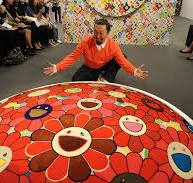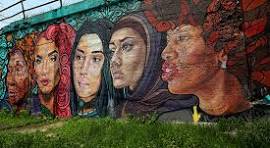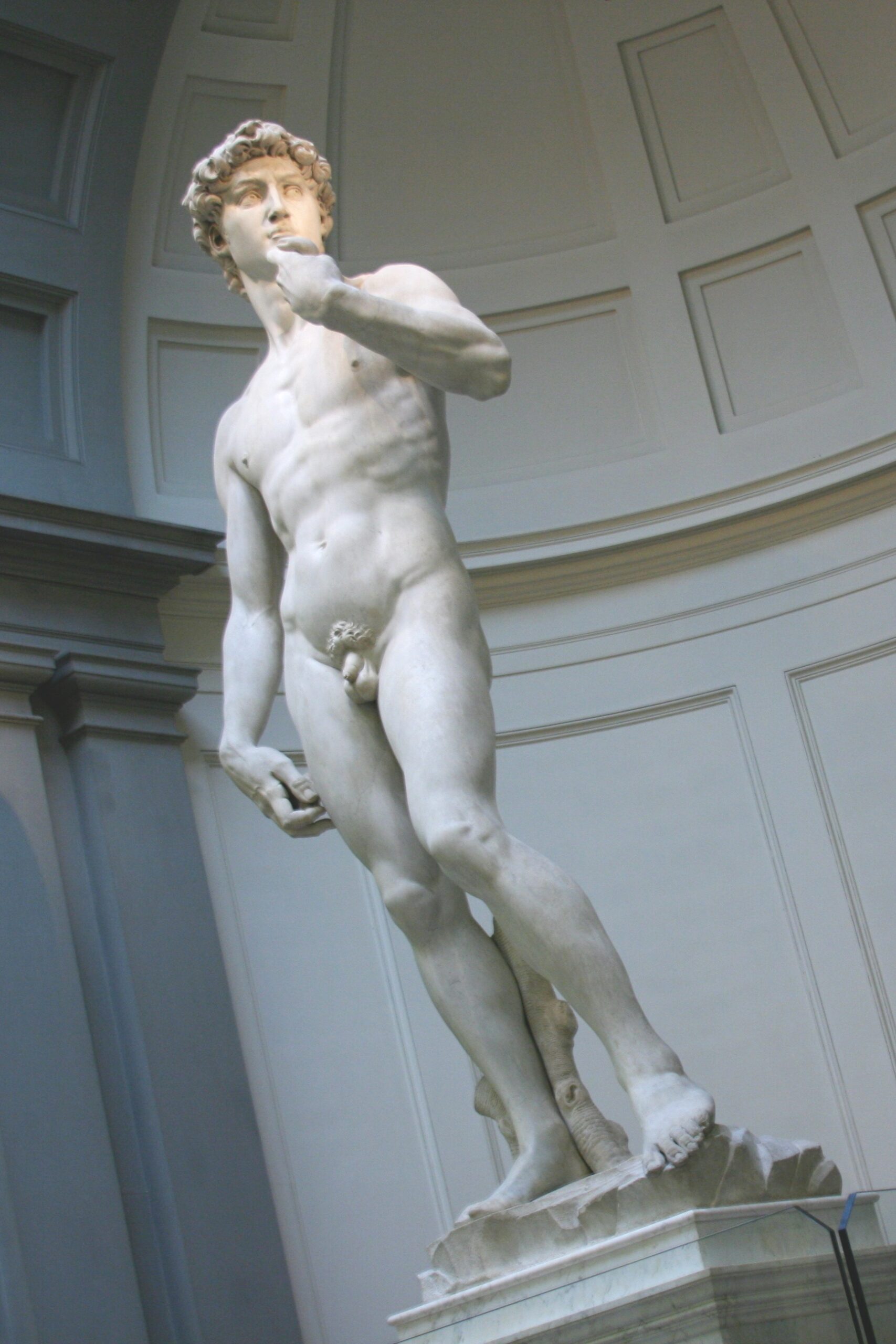The Timeless Legacy of El Greco
El Greco, whose real name was Domenikos Theotokopoulos, was a renowned painter, sculptor, and architect of the Spanish Renaissance. Born in Crete in 1541, El Greco is best known for his distinctive style and innovative approach to art that set him apart from his contemporaries.
Early Life and Influences
El Greco’s artistic journey began in Crete, where he trained as an icon painter before moving to Venice to study the works of Italian masters such as Titian and Tintoretto. His exposure to the Venetian Renaissance art scene greatly influenced his style, leading him to develop a unique blend of Byzantine traditions and Italian techniques.
Arrival in Spain
In the late 16th century, El Greco settled in Toledo, Spain, where he spent the rest of his life creating some of his most iconic works. His paintings from this period are characterized by elongated figures, vibrant colors, and dramatic lighting that evoke a sense of spiritual intensity and emotional depth.
Legacy and Influence
El Greco’s legacy extends far beyond his own time, influencing generations of artists with his avant-garde approach to composition and form. His work has been celebrated for its spiritual power, emotional expressiveness, and visionary quality that transcends traditional artistic conventions.
Exploring El Greco’s Masterpieces
From “The Burial of the Count of Orgaz” to “The View of Toledo,” El Greco’s masterpieces continue to captivate audiences around the world with their timeless beauty and profound symbolism. His ability to infuse religious subjects with human emotion and spiritual depth remains unmatched in the history of art.
A Lasting Impact
El Greco’s innovative spirit and bold artistic vision have secured his place as one of the greatest painters of the Spanish Renaissance. His legacy lives on through his timeless artworks that continue to inspire awe and admiration among art lovers everywhere.
Exploring El Greco: 7 Key Questions About the Renowned Artist
- Who was El Greco?
- Where was El Greco born?
- What is El Greco’s real name?
- What is the style of art that El Greco is known for?
- Where did El Greco study art?
- What are some of El Greco’s famous paintings?
- What influence did El Greco have on future artists?
Who was El Greco?
El Greco, whose real name was Domenikos Theotokopoulos, was a prominent painter, sculptor, and architect of the Spanish Renaissance. Born in Crete in 1541, El Greco is renowned for his distinctive artistic style characterized by elongated figures, vibrant colors, and dramatic lighting. His innovative approach to art, influenced by both Byzantine traditions and Italian techniques, set him apart from his contemporaries. El Greco’s move to Toledo, Spain in the late 16th century marked a significant period in his career where he created some of his most iconic works that exude spiritual intensity and emotional depth. His lasting impact on the art world continues to be celebrated for its visionary quality and profound influence on subsequent generations of artists.
Where was El Greco born?
El Greco, the renowned artist of the Spanish Renaissance, was born in 1541 on the island of Crete. Born Domenikos Theotokopoulos, he began his artistic journey in his hometown before later moving to Venice to study the works of Italian masters. His birthplace in Crete played a significant role in shaping his early artistic influences and techniques, which would later evolve into his distinctive style that set him apart as a visionary painter, sculptor, and architect.
What is El Greco’s real name?
El Greco’s real name was Domenikos Theotokopoulos. Born in Crete in 1541, El Greco adopted his nickname, which means “The Greek,” as a nod to his Greek heritage. Despite being known by his artistic moniker, his birth name reflects his origins and early influences as a painter in the Byzantine tradition before gaining fame in Spain during the Spanish Renaissance.
What is the style of art that El Greco is known for?
El Greco is known for his distinctive style of art characterized by elongated figures, vibrant colors, and dramatic lighting. His unique approach combines elements of Byzantine traditions with Italian Renaissance techniques, creating a visual language that is both expressive and emotive. El Greco’s paintings often feature ethereal and spiritual themes, with a focus on conveying intense emotions and inner states of being. His innovative use of composition and form sets him apart as a visionary artist whose work transcends traditional artistic conventions.
Where did El Greco study art?
El Greco studied art in Crete, his birthplace, where he received training as an icon painter in the Byzantine tradition. Seeking further artistic inspiration and knowledge, he later traveled to Venice, Italy, where he studied the works of renowned Italian masters such as Titian and Tintoretto. This exposure to the vibrant Venetian Renaissance art scene significantly influenced El Greco’s artistic style and laid the foundation for his innovative approach to painting that would later distinguish him as a prominent figure in the Spanish Renaissance art movement.
What are some of El Greco’s famous paintings?
El Greco, the renowned artist of the Spanish Renaissance, is celebrated for a plethora of iconic paintings that showcase his distinctive style and artistic vision. Some of El Greco’s most famous works include “The Burial of the Count of Orgaz,” a monumental masterpiece that blends religious symbolism with dramatic composition, and “The View of Toledo,” a captivating landscape painting that captures the essence of the Spanish city. Additionally, pieces like “The Assumption of the Virgin” and “Christ Driving the Money Changers from the Temple” exemplify El Greco’s mastery in portraying spiritual themes with emotional intensity and vibrant colors. These renowned paintings by El Greco continue to enthrall art enthusiasts and scholars worldwide with their timeless beauty and profound symbolism.
What influence did El Greco have on future artists?
El Greco’s influence on future artists was profound and far-reaching. His avant-garde approach to composition, use of vibrant colors, and distinctive style of elongated figures left a lasting impact on the art world. Many artists, including the likes of Picasso and Cézanne, admired El Greco’s innovative spirit and incorporated elements of his work into their own creations. His ability to infuse religious subjects with emotional depth and spiritual intensity inspired generations of painters to explore new ways of expressing human experience through art. El Greco’s legacy continues to shape the artistic landscape, serving as a source of inspiration for artists seeking to push boundaries and challenge traditional conventions.




